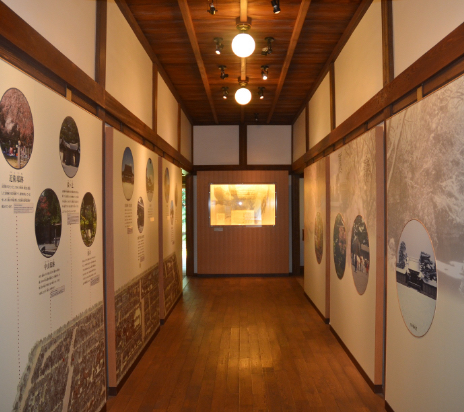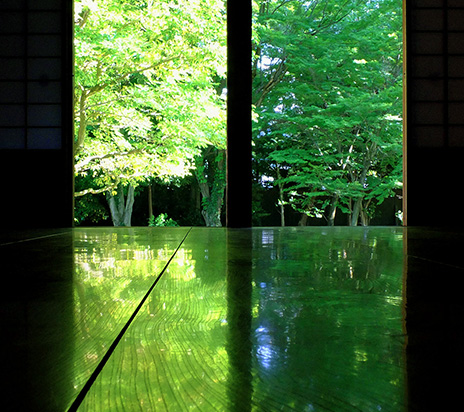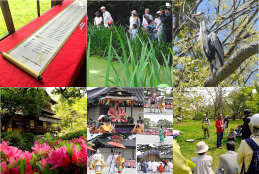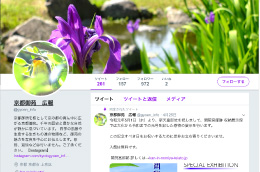HISTORICAL
SITES
- HOME
- KYOTO GYOEN HIGHLIGHTS
- HISTORICAL SITES
Kyoto Imperial Palace
In 794, when the Emperor Kanmu moved the capital to Heiankyo, the inner back (the Imperial Palace) was located about 2 km west of the current Kyoto Imperial Palace. Since 1331, when Kogen Emperor ascend the throne, it has been regarded as the Imperial Palace, which had been a home for the emperor for about 500 years from 1392 to Meiji period. The current Palace was rebuilt in 1855 and comprises several structures- including the Shisinden, the Seiryoden, the Kogosyo, the Ogakumonjyo, and the Otsunegoten– that reflect the architectural styles of various periods.
Kyoto Imeperial Palace is under the management of the Imperial House Hold Agency Kyoto Office. Please contact information desk at Kyoto Office of Imperial Household Agency.
phone: 075-211-1215
HP: http://sankan.kunaicho.go.jp/
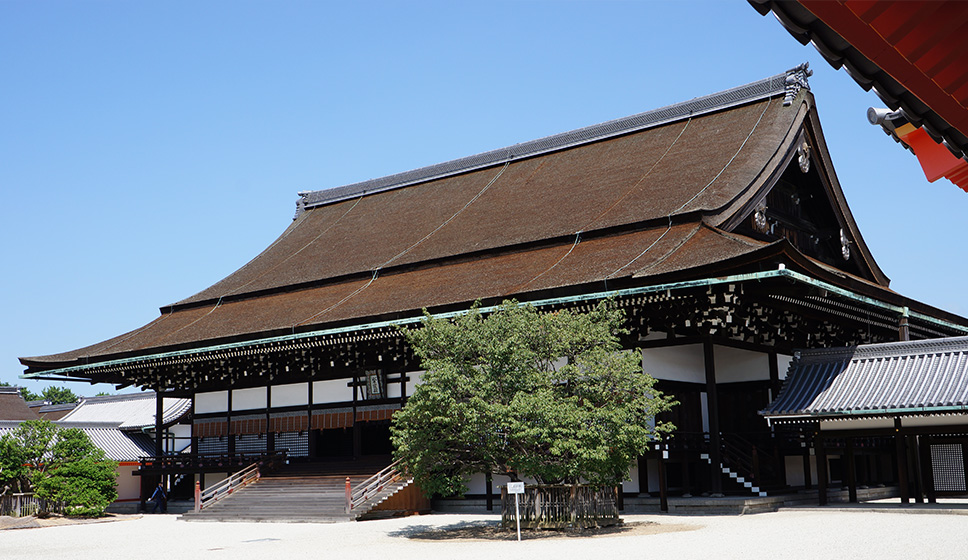

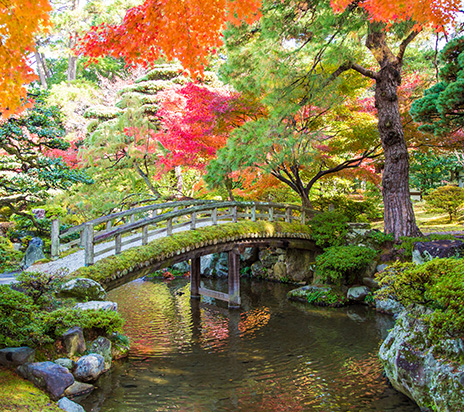
Kyoto Sento Imperial Palace
The hermit ( sennin in Japanese) is an ideal human figure that has long been believed in China, and it has been used as anothre name for the retired emperor’s residence because it has left the world and is hidden in the mountains. The residence for the emperor was called “Gosho”, so it was called “Sento Gosho”.
After the retirement, the Emperor and the Pope usually moved away from the inside and moved to the Sento Imperial Palace. The Sento Imperial Palace is also called “In” and was also used as another name for the Emperor and the Pope. The Sentou Imperial Palace was home to a government office as a home economics organization, and at the time of Emperor Shirakawa, it was a security office. Kyoto Sento Imperial Palace is under the management of Imperial Household Agency Kyoto Office. Please contact following number for the visitors’ information. Phone : 075-211-1215
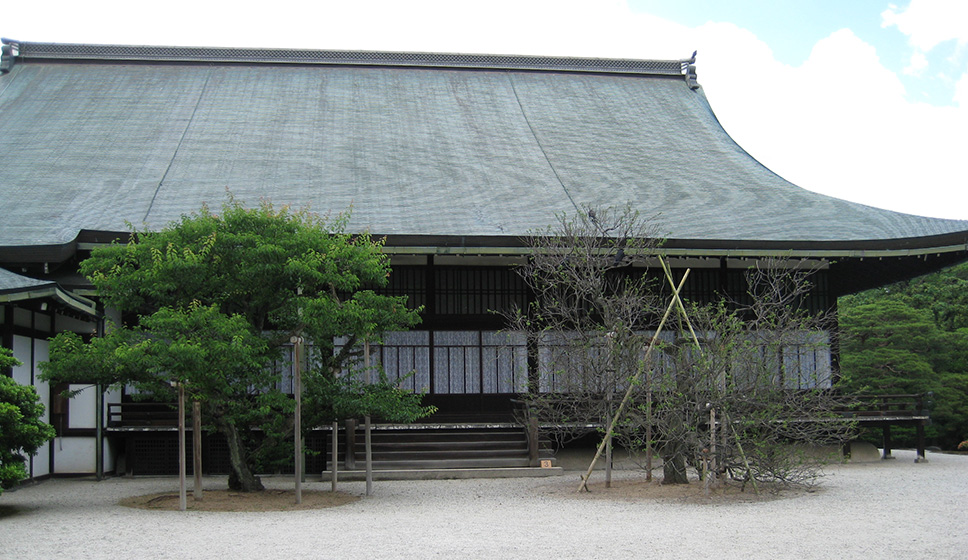
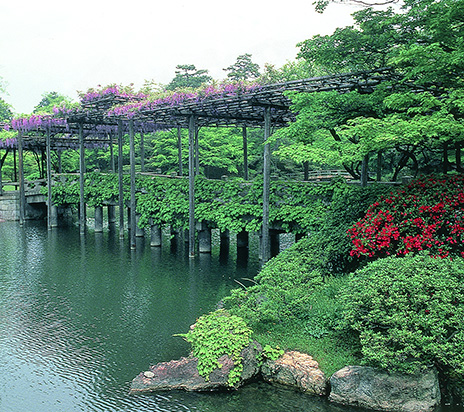
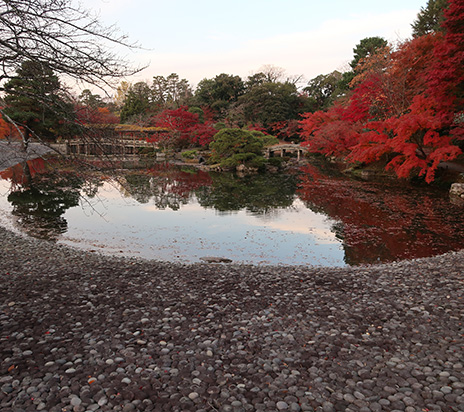
Kyoto State Guest House
Established in April 2005, Kyoto State Guest House is the national facility to welcome foreign dignitaries and offer them experiences to deepen cultural understandings and friendships. In order to harmonize with the historical landscape and the surrounding natural environment, it has a traditional Japanese dwelling (Irimoya) roof and sukiya (Sukiya) exterior, creating an elegant Japanese style appearance. For buildings and furnishings, we use craftsmanship that represent Kyoto such as Sukiya Carpenter, Plasterer, Garden, Kirinane, Nishijin Ori, Makie, and Lacquer.
The Kyoto State Guest House is under the management of the Kyoto State Guest House Office of Cabinet Office. Please contact following number for visitors information. It is open to the public when there is no guest reception. ( charge for admission)
Kyoto State Guest House Office : 075-223-2301
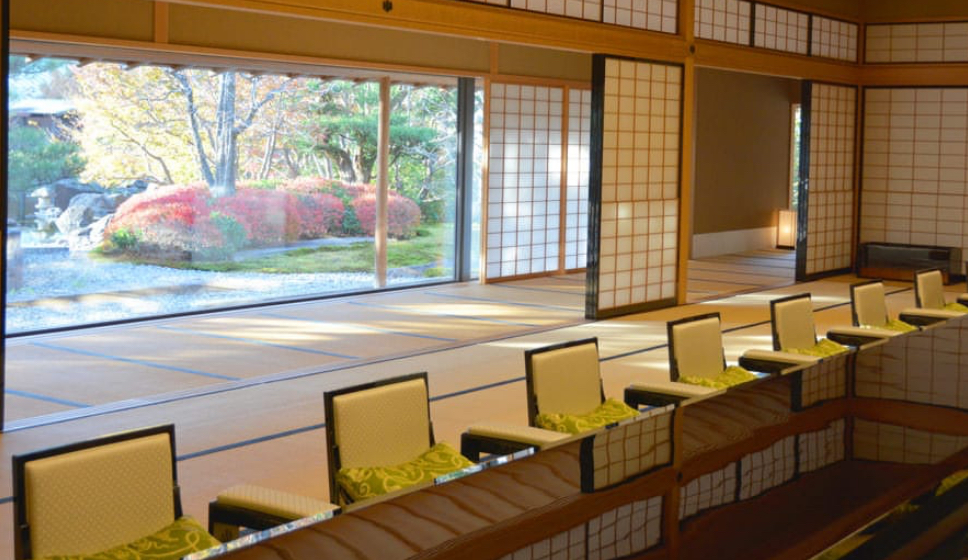

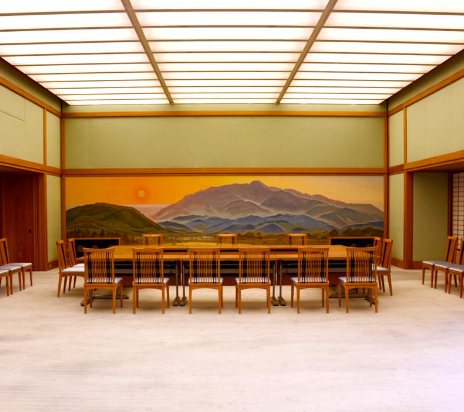
Source:Cabinet Office State Guest House Website
Shusui Tei
The Shusui-tei Teahouse is the only remaining structure at the site of Kujo Family residence, one of the “five regent houses”. Built about 200 years ago, in the latter part of the Edo period, it has been used for social activities such as tea ceremonies and poetry parties.
From the 2nd floor, you can overlook Kujo Pond and Takakura Bridge.
Open: Thursdays, Fridays, Saturdays ( excluding year-end, and new year holidays), Aoi Festival Day ( May 15), Jidai Festival Day (Oct. 22)
Operation Hours : 9:30 – 15:30 (gate close)
Entry fee : 300 yen (Inc. Tax)
*Booking available for tea ceremonies and haiku meetings.
*Any photo shooting for commercial purpose is prohibited.

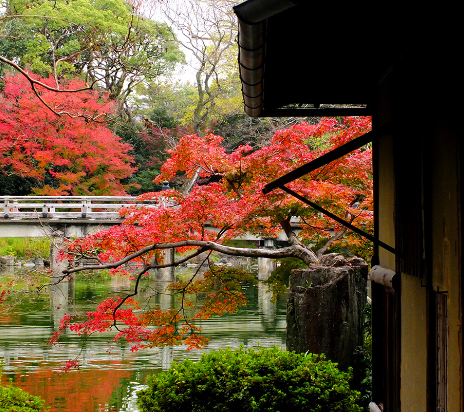

Site of KAN IN NO MIYA Residence
This is the site of the residence of KAN IN NO MIYA Imperial Family, founded in the Edo period.
The current building is now open to the public as a visitor center with a exhibition of relics found in Kyoto Gyoen.

